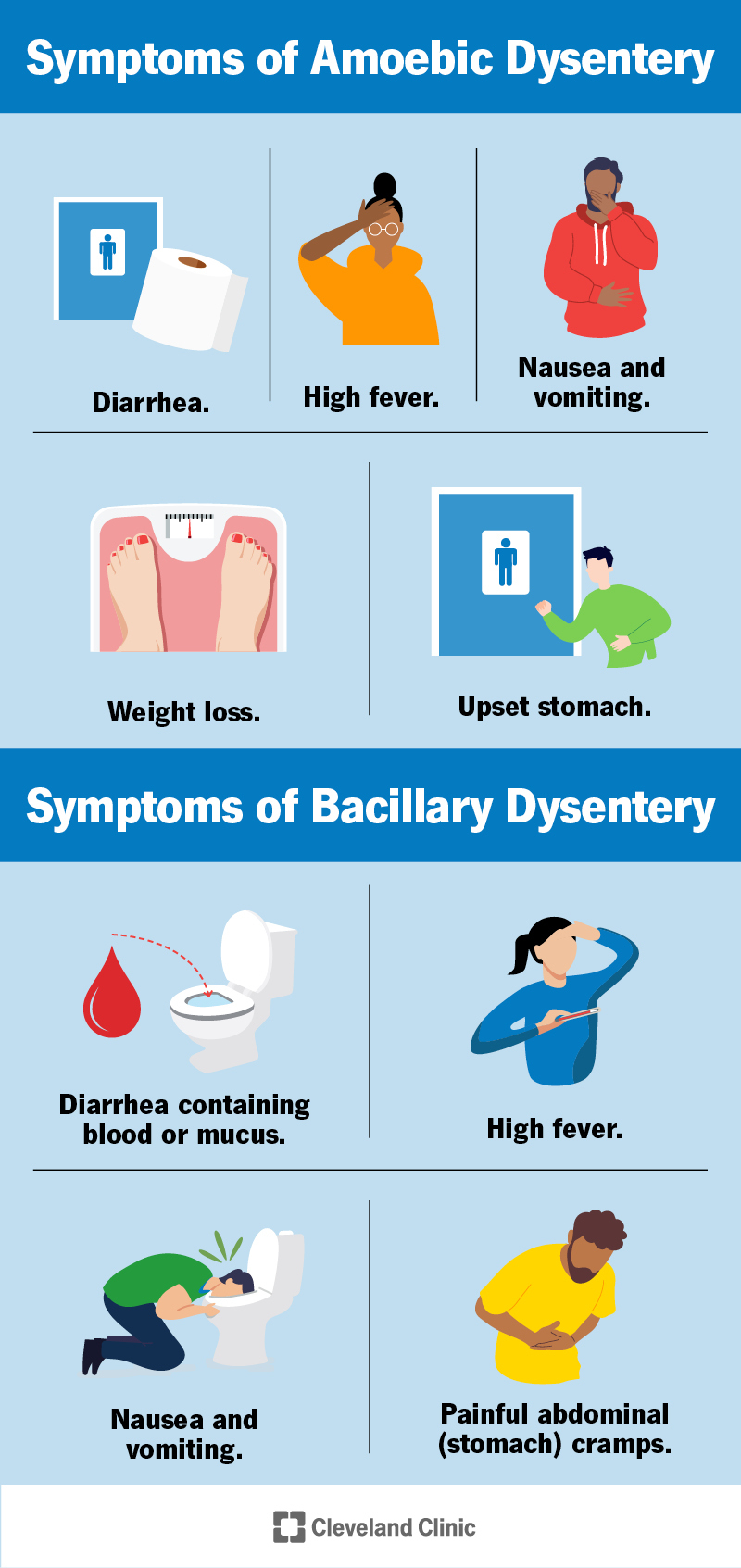What is Dysentery?
Dysentery is a type of gastroenteritis characterized by bloody diarrhea, abdominal pain, and fever. The disease is highly contagious and can be spread through the fecal-oral route, where the bacteria are ingested through contaminated food, water, or hands. Dysentery can be caused by several types of bacteria, including Shigella, Salmonella, and Campylobacter.
Transmission of Dysentery
Dysentery spreads rapidly in areas with poor sanitation, inadequate hygiene, and contaminated water. The bacteria can contaminate food, water, and surfaces, making it easy for people to come into contact with the disease. In outbreak situations, dysentery can spread quickly through:
- Contaminated water: Drinking contaminated water is a major route of transmission. Water can be contaminated with the bacteria through human waste, animal waste, or contaminated soil.
- Poor hygiene: Failure to wash hands regularly, especially after using the bathroom or before handling food, can spread the disease.
- Contaminated food: Eating food that has been contaminated with the bacteria can also spread the disease.
- Direct contact: Direct contact with an infected person, such as touching or shaking hands, can also spread the disease.
Symptoms of Dysentery
The symptoms of dysentery typically begin within 1-3 days of infection and can include:
- Bloody diarrhea: Diarrhea with blood and mucus is a hallmark symptom of dysentery.
- Abdominal pain: Severe abdominal pain and cramping are common symptoms.
- Fever: A high fever, usually above 101°F (38.3°C), is a common symptom.
- Nausea and vomiting: Some people may experience nausea and vomiting.
- Dehydration: Severe dehydration can occur if the disease is not treated promptly.
Prevention Strategies in Outbreak Situations
Preventing the spread of dysentery in outbreak situations requires a multi-faceted approach that includes:
- Provision of safe water: Ensuring access to safe and clean drinking water is crucial. This can be achieved through water treatment, boiling, or using water purification tablets.
- Improved sanitation: Improving sanitation facilities, such as toilets and latrines, can help prevent the spread of the disease.
- Hygiene promotion: Promoting good hygiene practices, such as hand washing with soap and water, is essential.
- Food safety: Ensuring that food is handled, stored, and cooked safely can help prevent the spread of the disease.
- Isolation and quarantine: Isolating infected individuals and quarantining those who have come into contact with them can help prevent further spread.
- Vaccination: Vaccination against dysentery is available, although it is not always effective against all strains of the bacteria.
FAQs
- What is the best way to prevent dysentery?
The best way to prevent dysentery is to practice good hygiene, including washing hands regularly with soap and water, and ensuring access to safe and clean drinking water. - How long does dysentery last?
The duration of dysentery can vary, but it typically lasts for 5-7 days. In some cases, it can last for up to 2 weeks. - Can dysentery be treated?
Yes, dysentery can be treated with antibiotics, although antibiotic resistance is a growing concern. - Is dysentery contagious?
Yes, dysentery is highly contagious and can be spread through the fecal-oral route. - Can dysentery be prevented through vaccination?
Vaccination against dysentery is available, although it is not always effective against all strains of the bacteria.
Conclusion
Dysentery is a highly infectious and potentially life-threatening disease that can spread rapidly in areas with poor sanitation, inadequate hygiene, and contaminated water. Preventing the spread of dysentery in outbreak situations requires a multi-faceted approach that includes provision of safe water, improved sanitation, hygiene promotion, food safety, isolation and quarantine, and vaccination. By understanding the transmission, symptoms, and prevention strategies of dysentery, individuals can take steps to protect themselves and their communities from this devastating disease. It is essential to prioritize good hygiene practices, such as washing hands regularly with soap and water, and ensuring access to safe and clean drinking water to prevent the spread of dysentery. By working together, we can prevent the spread of dysentery and save lives.
Closure
Thus, we hope this article has provided valuable insights into Dysentery prevention in outbreak situations. We thank you for taking the time to read this article. See you in our next article!
